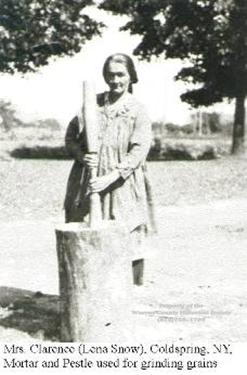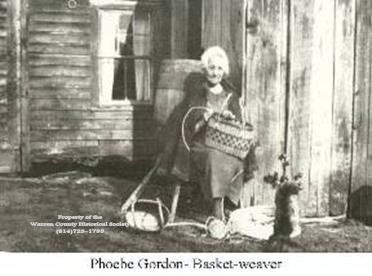IROQUOIS (SENECA) WOMEN
BETWEEN TWO WORLDS — PAGE 3
“The Seneca clans are centered in the women’s side of the family. The Seneca have eight clans. There are the Bear, Wolf, Turtle,  Beaver, Snake, Hawk, Blue Heron and Snipe. A clan is a group of family members related to each other through their mother or father. The clan mothers, their husband and their children, and their daughter’s families, even their daughter's daughters and their families, lived together in the long house.
Beaver, Snake, Hawk, Blue Heron and Snipe. A clan is a group of family members related to each other through their mother or father. The clan mothers, their husband and their children, and their daughter’s families, even their daughter's daughters and their families, lived together in the long house.
Seneca women were highly respected, especially the clan mothers and grandmothers who chose the village leader. The chiefs they chose had authority because of their wisdom and courage, but the men did not have absolute power. They led by persuasion, and followed the consensus reached by the whole community. Village councils met frequently. These councils were leaders who debated issues and reached agreements on decisions that affected the whole community. The clan mothers worked out a compromise when no clear consensus was reached. Seneca clan mothers have this power today. Two hundred years ago clan mothers also had the power to save the life of a war captive, even one marked for death."
 THE IROQUOIAN TRIBES
THE IROQUOIAN TRIBES
The University of the State of New York — State Museum and Science Service- Albany
Seneca women were expected to work in the fields. After the men had cleared the land, women in work parties planted, hoed, and harvested the crops. Corn and beans were readily storable. Squashes and pumpkins were cut into strips and dried, and could also be kept for some time. Besides the cultivated plants, women and girls gathered many kinds of wild vegetable foods. Maple syrup was the only sweetener.
Courtesy of the Warren County Historical Society
 Beaver, Snake, Hawk, Blue Heron and Snipe. A clan is a group of family members related to each other through their mother or father. The clan mothers, their husband and their children, and their daughter’s families, even their daughter's daughters and their families, lived together in the long house.
Beaver, Snake, Hawk, Blue Heron and Snipe. A clan is a group of family members related to each other through their mother or father. The clan mothers, their husband and their children, and their daughter’s families, even their daughter's daughters and their families, lived together in the long house.  THE IROQUOIAN TRIBES
THE IROQUOIAN TRIBES